When it comes to getting your small business in front of the eyes of your customers and potential leads, there’s nothing better or more effective than good old-fashioned SEO.
Think about the last time you used Google or your preferred search engine. When you searched for something, whether it was for a product or information, did you scroll through page after page of results trying to find something that best suits your needs, or did you merely click on the first result on the first page to see whether it was any good?
If you’re like the majority of your customers, the chances are you went with the latter. This is why it’s so important to work hard and optimize your content for search engines, which will help you reach the top positions on the Search Engine Results Pages (SERPs).
However, while the idea is simple – optimize your site to increase your ranking – how are you supposed to actually maximize your content and get to the top spot on the SERPs, especially when everybody, including your most outstanding competition, is doing the same?
Today, we’re going to explore exactly how a small business like yours can start implementing SEO into your content strategy right now to get to the first page of the SERPs. If done correctly, you can dramatically expand your reach and brand awareness to reach rates of success you may have thought were years away!
Back to School with SEO 101
While you probably know the basics of SEO, you should dive in a bit deeper and learn more. SEO can be a complex subject, but if you dedicate some time to it, it can become second nature.
Fortunately, with so many free resources online, it is easy to educate yourself about the basics of SEO. You can (and should) learn about keywords and backlinks, but there are even more strategies that you can put to good use.
Great places to learn about SEO include:
And check out this Single Grain infographic “Google’s Search Quality Rater’s Guidelines,” created from Google’s official guidelines:
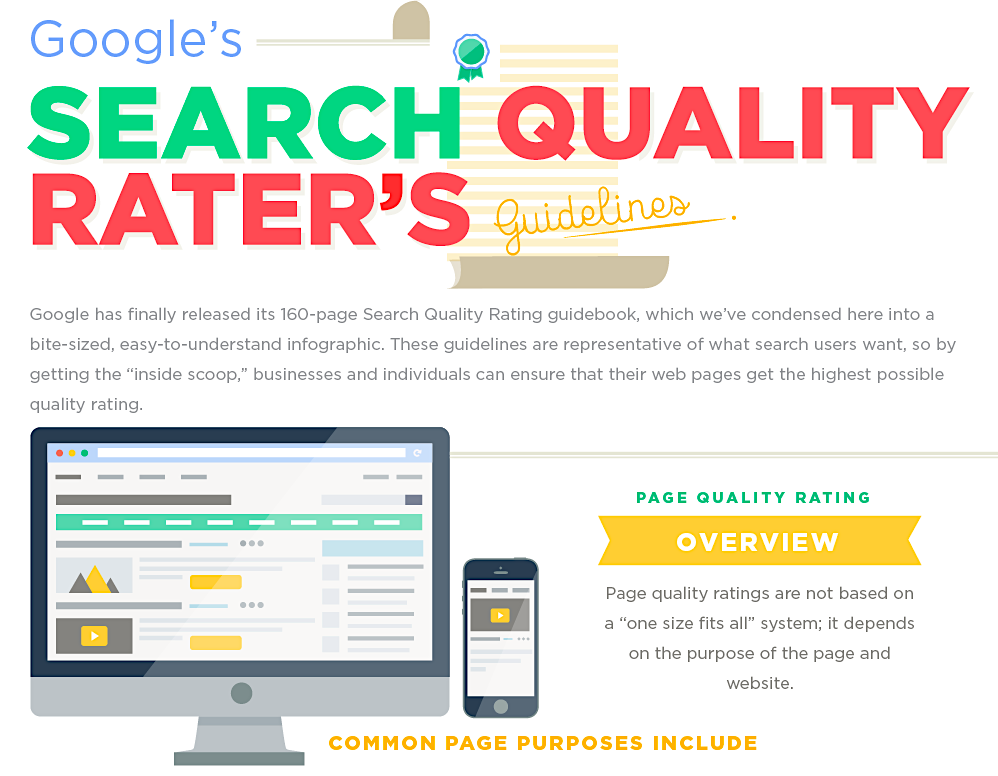
Dive Deeper: 9 Effective SEO Techniques to Drive Organic Traffic in 2019
Value First, SEO Later
It’s always incredibly important to make sure that you’re putting your customers/leads/readers/viewers first when it comes to content, and that SEO comes second.
Diver Deeper: How to Write Content for People and Optimize It for Google
Imagine that you click on a website that interests you for their products or services, or perhaps you’re reading a blog post that educates you on something you want to know. Now imagine landing on the site or page, only to find that the information isn’t that great, it’s set out poorly, and most of the sentences are unreadable and stuffed with keywords and phrases.
Sure, the content you’re reading might be optimized for SEO, but from a reader’s perspective, the material is awful and doesn’t provide any value to you. This is going to make your readers abandon your content, increasing your dreaded bounce rate and losing a potential customer. The shorter amount of time someone spends on your website, the lower your website pages will rank in terms of SEO.
When it comes to creating content, sure you need to have SEO in mind, but the most important thing to remember is making sure that your content provides value to your reader.
To avoid keyword stuffing, put keywords in headlines, subtitles, the first 100 words of your posts, and sprinkled throughout the body of the article (every two paragraphs will suffice). Here’s an example of keyword stuffing:

Dive Deeper: The Content Marketer’s Guide to Keyword Research
Do Your Keyword Research
Having effective SEO practices means doing your research and making sure you have everything you need to create optimized content from start to finish, like discovering which keywords and key phrases you’re going to be implementing to help you achieve the best rank.
The most important way to look at this is to think about how people are going to be searching for each piece of content, and how you want your content ranked.
For example, let’s imagine you’re writing a blog post on how to make sushi at home. You might have keywords for the different kinds of sushi you’re making (“ebi,” “California Roll”), sushi making techniques, ingredients for sushi and so on. You might also want to think about less obvious keyword approaches like fun things to do at home on a rainy day or great meal ideas for Valentine’s Day (which is actually a great example of using trending topics to boost your content’s ranking further).
Dive Deeper: Beginner’s Guide to Voice Search SEO
However, one of the most important items to optimize for is voice search. Thanks to the rise of Google Assistant and Siri, as well as many other smart devices, more and more people are using voice search in their daily lives. So, instead of typing in “good sushi recipes home” into Google, they are instead saying natural phrases like “How to make sushi at home.”
To start your topic and keyword research, use:
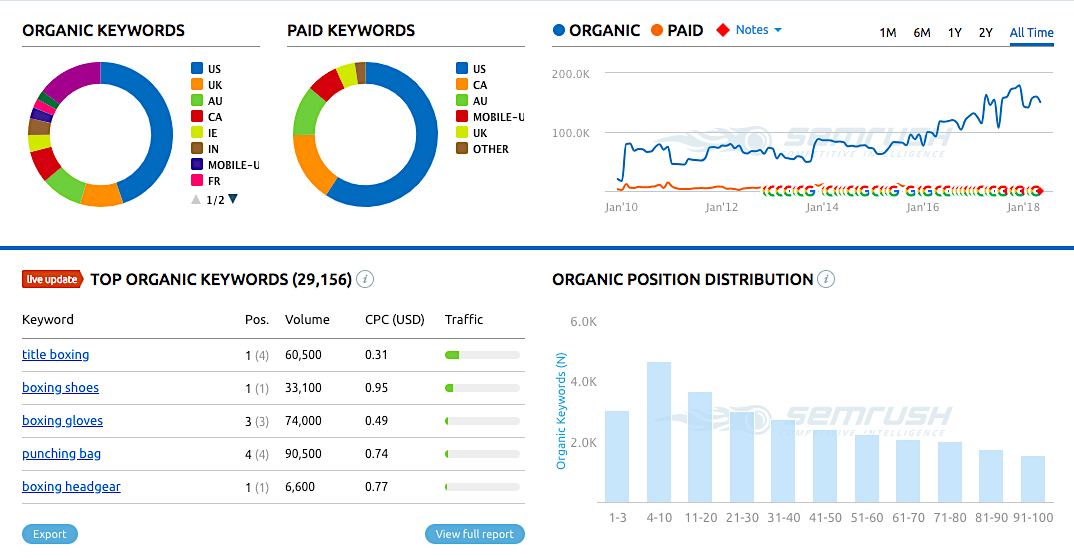
Optimize the Use of Backlinks
It’s important to make sure that you’re thinking about how you’re going to implement backlinks into your content to further boost your SEO ranking and help your website become more discoverable:

When you link to other websites, you create a backlink that helps boost your site ranking because you’re actively associating with quality, authority sources, which then backs up the authority of your post. Likewise, you need to be proactive in making sure that people are backlinking your content.
To do this, it can be a good idea to connect with people, influencers and other businesses and get them to backlink your content to their content and visa versa. As long as the content you’re being linked to is genuine, provides real value to the reader, and doesn’t have a poor SEO ranking themselves, this can be a great way to help each other out!
Put links to relevant case studies, research studies, articles and so on in your text. The websites you are linking to should be high authority and they should be in your niche or related to the topic you are writing about. You can also comment on their posts and then place a link to the post you want to rank higher. Just make sure that your comment is relevant and valuable; the best thing that could happen is that people reply to your comment.
Some great tools to monitor your, and other sites’, backlink profile:
You can cold pitch people by telling them about your article or warm pitch them by engaging with them over a longer period of time and then asking them to share your link.
Finally, the best way to rank higher and get more backlinks is to write truly valuable, in-depth content that’s useful to your readers.
Dive Deeper: The Skyscraper Technique: How to Build High-Quality Backlinks to Your Content
Post Regularly and Consistently
There’s nothing better for boosting your website’s SEO ranking than posting quality content regularly. Websites are rewarded for their consistency, and the more you post, the higher you’ll rank. This is true on every platform.
If the content on your website becomes stale, insignificant and irrelevant, this is something the search engines are going to be aware of, and it’s going to result in your website being ranked poorly. Instead, make sure you’re updating your best blog posts regularly.
“Practising this and making it become habit can have so many benefits, from boosting your SEO ranking, to helping more people find you since you’ll have more content for people to read and connect with. The higher your organic incoming traffic, the higher you’ll rank.” ~ Tina Goodwin, small business owner at Australia2Write and WriteMYX
For one, keep to a consistent schedule. In this case, there is no single best schedule. If you can keep up with it, post daily. You can also post twice a week or once a week or three times a week. Whatever you decide is best for your business, you should stick to it. Check out Neil Patel’s article 5 Simple Steps That’ll Help You Determine How Often You Need to Blog.
Next, you should have a content audit once or twice a year where you analyze your content and update it to meet current standards. For instance, replace broken links, fix any content that performed poorly and discard it if you can’t. Replicate the strategies you used for content that does well. Optimize for new SEO practices.
Dive Deeper: The Step-by-Step Guide to Conducting a Content Audit
Optimize for Your Local Area
Whether your business operates in a specific area or you’re an online business, it can still pay to optimize your website for your local area because Google and other search engines love this. The more information you can provide on this front, once again, the higher you’ll rank.
This means filling out your Google My Business profile and including your address, phone number, hours of operation, etc. to make it public:
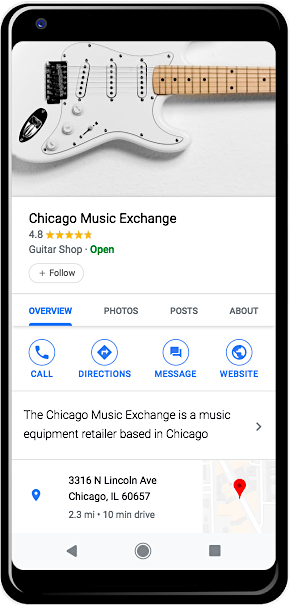
When doing online searches, 80% of people look for local goods and services, and 61.2% of consumers say they would be willing to pay higher prices to support small business.
This is important because the more information you display, the better the experience Google can provide for their users, and thus the higher they’ll rank you. Even if you’re a business that operates solely online, fill in as much of this information as you can. The local SEO benefits are huge:
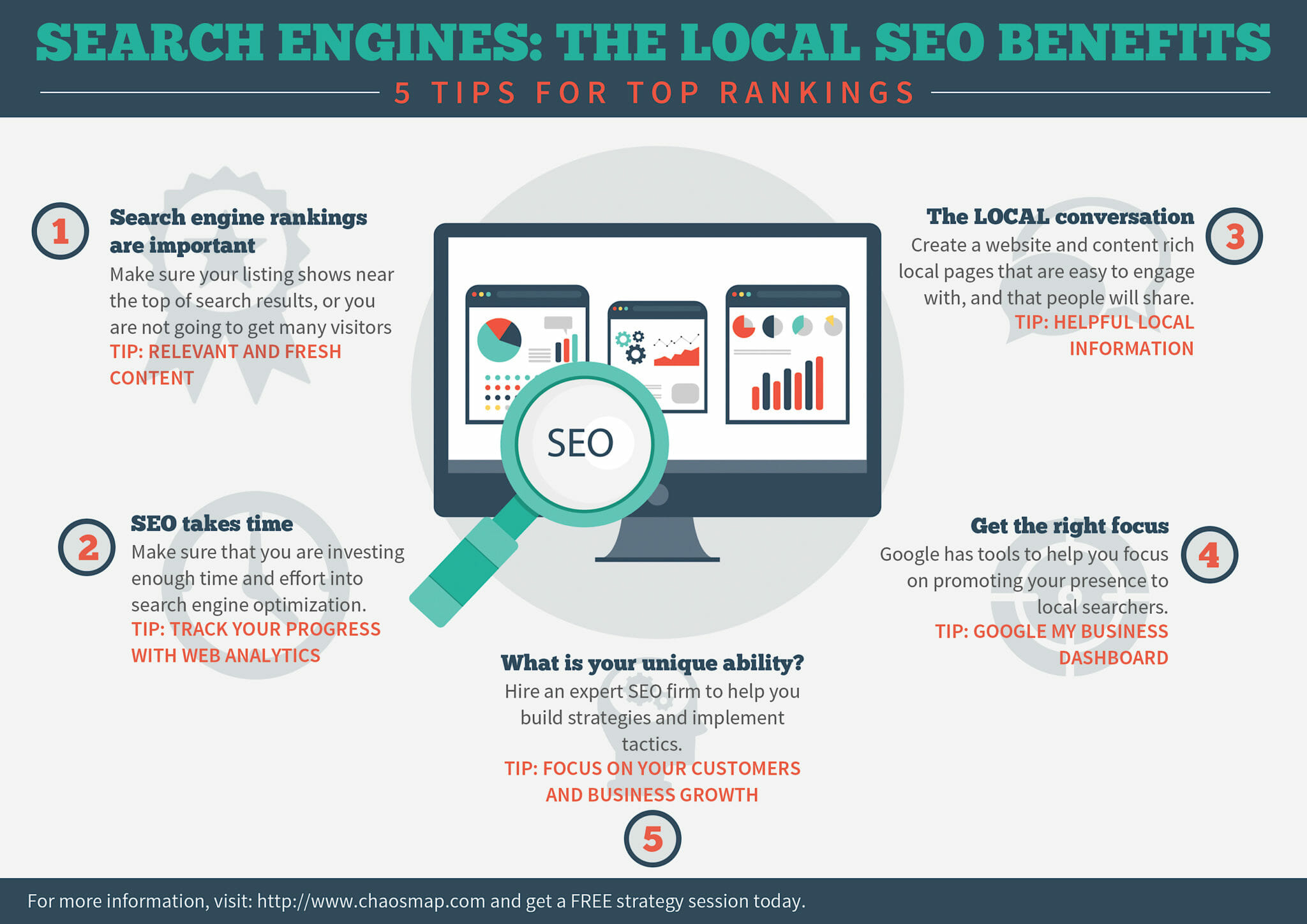
Dive Deeper: The Complete Guide to Local SEO
Use Your Analytics to Improve
The problem with SEO is that there are no hard and fast rules as to what works and what doesn’t. What works really well for one business and helps them rise to the top might not be ideal for you and, in some cases, might even damage you! That’s why it’s important to find what works best for your specific business.
Thankfully, there are numerous ways you can do this. Most notably is studying your website and content analytics. When you see what is working well, double down on it; when you discover what isn’t working, try different things and then look at your analytics again.
Google Analytics is one of the best tools for this, as it is comprehensive and free:

Dive Deeper: How To Measure Your Content Marketing ROI With Google Analytics
Include Social Media
It’s important to remember that your social media pages are all part of your SEO processes and that these posts and profiles will affect your overall ranking. Remember what we were saying about backlinking above? Your social media is part of that.
Let’s imagine that you’ve got a website linked to your social media pages and you’re looking to increase your SEO ranking. If you really drive your social media pages and post lots of helpful and quality content, receive and encourage engagement, and amass tens of thousands of followers, this is going to influence your website because it’s linked positively.
This is why it’s so important to make sure you’re linking your website to your social media pages using the official boxes and links. Sites like Pinterest will require you to connect your account using an HTML file or bit of code in your footer, so make sure you’re doing things right. This is how social media supports SEO:
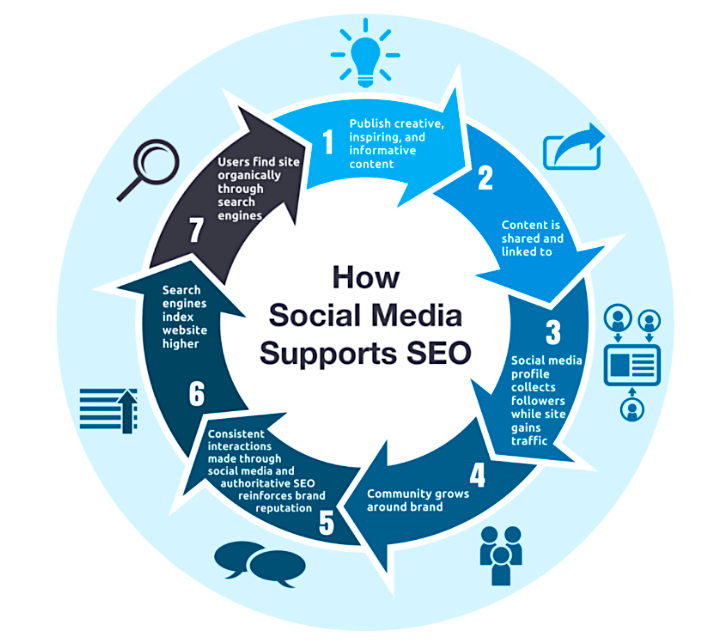
Dive Deeper: Search vs. Social: Why Social Media Still Matters in the SEO Landscape
Final Word About Cost
As a small business owner, you’re probably wondering how much SEO is actually going to cost you and whether you have the budget to support it. The hard and fast answer to this is that it depends on what approach you take.
If you outsource your content to a third-party agency who handles the SEO on your behalf so you don’t really need to worry about it, this is going to cost you whatever the agency is charging. On the other hand, you could do all your SEO by yourself, but this will cost you time that you could be spending on other things.
However, if you’ve got the skills to do it yourself and you understand what you’re doing, this can be one of the best routes to take. Nevertheless, the golden rule with SEO is that you do it correctly or you don’t do it all.
If you’re going to implement SEO into your business (which you must do if you want to show up on Google’s search pages), then you need to go all the way and optimize every aspect of your business.
Learn More: How to Choose the Best Digital Marketing Agency for Your Business in 2019
Comments are closed.